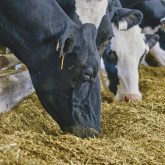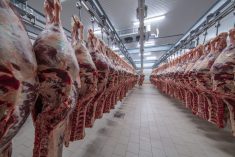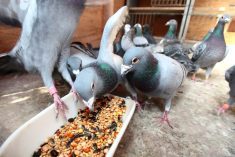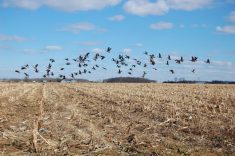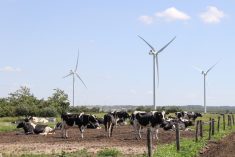Canada’s 40 mink farms are operating under heightened biosecurity requirements after reports of COVID-19 jumping from humans to mink in Europe.
Alan Herscovici, an industry spokesperson who operates the website Truthaboutfur.com, said early reports out of Denmark and other European countries gave Canadian producers some time to prepare.
“These farms have always had a certain level of biosecurity, but when the news came, that was enhanced,” he said.
Read Also
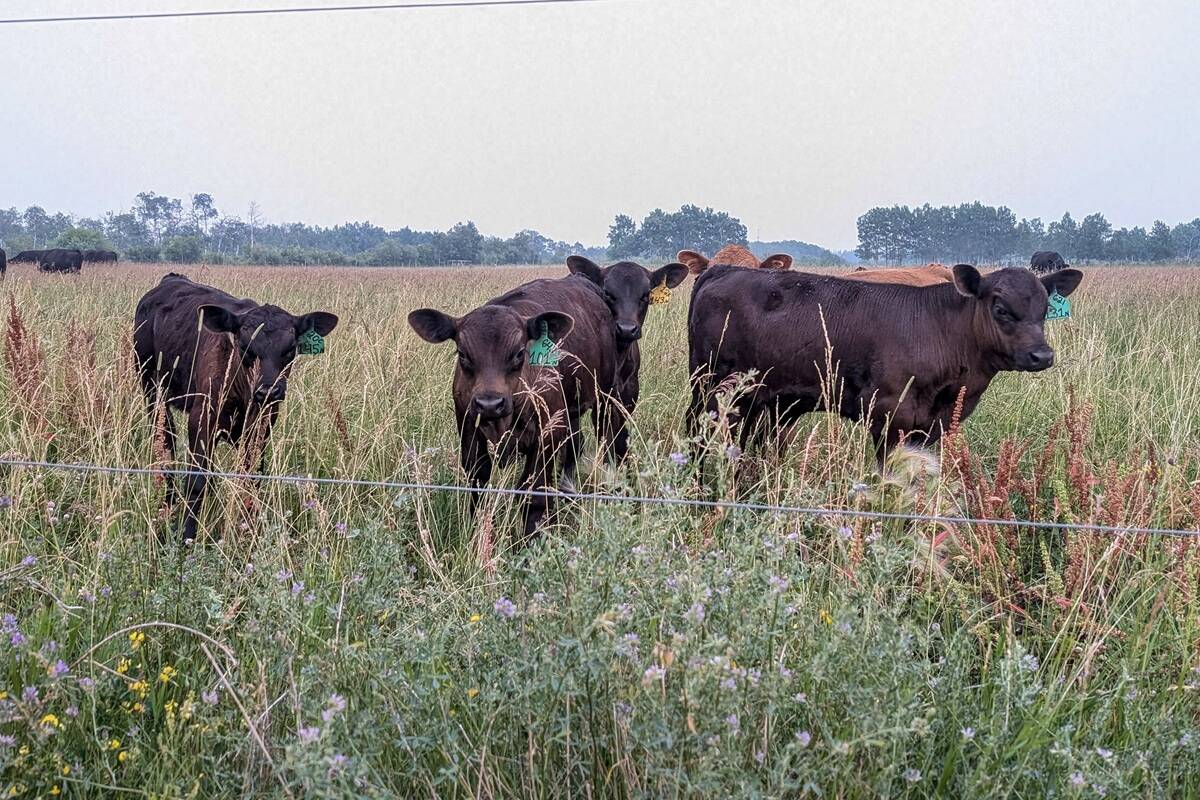
‘Not a happy Trump supporter’: U.S. Cattle ranchers hit by push for lower beef prices
Much like the price of eggs during the Biden administration, the cost of beef has become an emblem of the affordability crisis in Donald Trump’s America. Beef prices hit record highs earlier this year as the cattle herd shrank and consumer demand remained strong.
“They’re limiting who can come on farms, even to the point of taking deliveries at the farm gate, putting off anything they can, changing clothes before going into the barns, keeping workers who aren’t feeling well out…so far the good news is that it’s working, and farmers are taking it very seriously.”
That’s mainly because it comes as no surprise to those in the industry that mink might be susceptible to COVID, he added, noting mink have long been known to catch human influenza.
He also noted the Canadian industry benefits from a relatively small size and large geographic footprint. Canada’s farms only produce about 1.5 million pelts a year, compared to world-leading Denmark’s 17 million.
Canada’s mink sector is also spread across just 40 operations, stretching from Newfoundland to British Columbia. Denmark, on the other hand, packs that production into “an area roughly the size of Vancouver Island,” Herscovici said.
Ordinarily that gives Denmark its competitive advantage. Mink are notoriously labour-intensive, particularly preparing their feed, he said. As carnivores they typically consume meat waste from other animal production that must be collected, processed and cooked before being fed.
“In Denmark they’re able to do that through co-operative kitchens, which is ordinarily to their advantage,” Herscovici said. “But now the downside is that they’re going farm-to-farm with trucks every day.”
That sort of farm-to-farm transmission was very unlikely in Canada, he said.
Herscovici also said the industry was already in the process of rationalizing overproduction, caused by a spike in fur prices in recent years. That sparked a lot of new entrants, but was oversupplying the current market.
“This could mean prices would improve, in the future,” he said, but also conceded in the short term a cull could further flood the market with pelts.
Canadian producers are well-known for quality production, he said, and the genetics of Canadian mink are especially well-regarded in the industry.
“We could find our mink are desired as breeding stock,” he said. “The goal we’ve got right now is to keep the mink healthy, and people are taking it very seriously.”
— Gord Gilmour is editor of the Manitoba Co-operator in Winnipeg.




